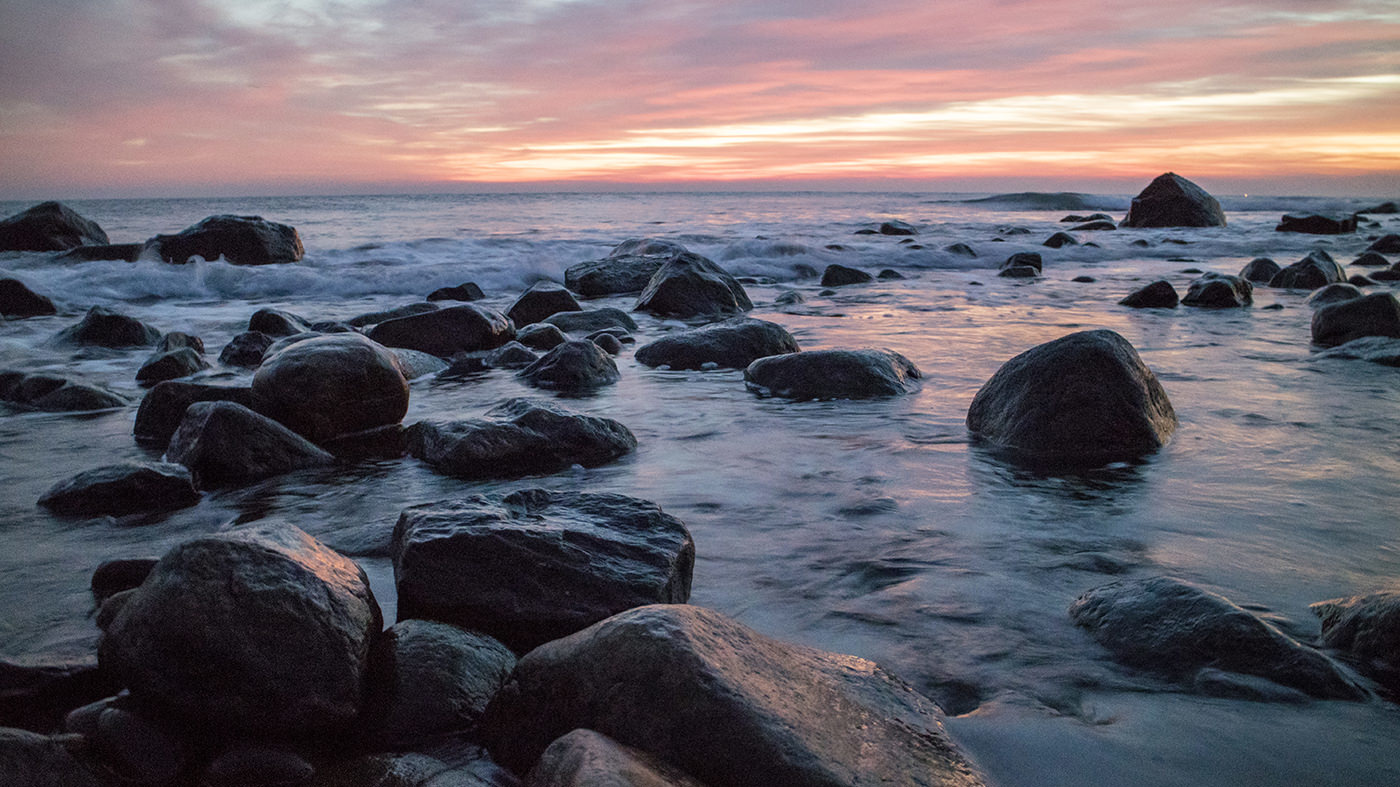Sometimes, there isn’t a whole lot to a photo: nothing’s moving, or it’s a scene without a strong subject. How do you — the photographer — make it interesting? Here are two tips to make that uninteresting photo just a bit more lively.
Shoot the Details
One of the tips I learned as a young newspaper reporter was to notice details. That served me well when I was sent to stories where there perhaps wasn't a lot going on. In one case, I was sent to the opening of a very small library in a very small town, and while it was interesting for the town and the people the library served, it didn't make for a lot of words for the paper, and so I wrote in great detail about the intricate brickwork on the fireplace, among other features of the building.
Such is the case with photography, sometimes. Details can be the most important part to the story, or in some cases the only part of a story. I came across this Oliver tractor below (and I seem to find a lot of them) and it was sandwiched between tonnes of other less photogenic equipment along the side of the road, and so I focused on the details that conveyed tractor without seeing the whole tractor.

Detail on an Oliver Tractor.
And at other times, I’ve been assigned stories that don't necessarily lend themselves to art. In the case of a story about lead paint being found in many homes in Syracuse, I used a Nikon AF-S VR Micro-NIKKOR 105mm f/2.8G IF-ED Lens to get the details (paint, of course):

Peeling paint on the side of a house in Syracuse for a story about lead in paint.
But that doesn't tell the whole story, which leads me to my next tip.
Try a Neutral Density Filter, Even If You Think You Don’t Have To
That paint shot was a detail from a wider shot of this abandoned home:

A long-exposure photo of an abandoned home in Syracuse for a story about lead paint hazards.
I took many images without a neutral density filter, but using a B+W 77mm MRC 110M Solid Neutral Density 3.0 Filter on a Nikon AF-S NIKKOR 16-35mm f/4G ED VR Lens enabled me to drag the shutter for 6 seconds in daylight, giving the clouds some motion and the whole image a different feel than a static shot of the building.
You can also use a strong ND filter to turn ordinary images that anybody can get into something just a bit different. Here’s that image above of water at sunrise without the ND filter to slow things down:

The photo from the top of this post, without a long exposure.
But with the ND filter, I was able to get a 25-second exposure to create the image at the top of the post, where the water turns to a foggy mist. This particular time I used a Canon EF-S 10-18mm f/4.5-5.6 IS STM Lens with a B+W 67mm SC 110 Solid Neutral Density 3.0 Filter.
One of the side benefits of going this route (on a tripod of course) is that it enabled me to use ISO 100 each time, since I had the time to drag the shutter as long as I needed. This gave me a lot more flexibility in post to edit the photo to my liking.
If you’re considering the ND filter method, while the B+W filters I used are top-notch, there are other ways to go that don’t involve buying for every filter size you own. One option is to buy the largest size you have and use step-up rings, or you can look into filter systems, such as Cokin or Lee, that can offer more flexibility with ND and graduated ND filters with lenses of varying filter sizes.
What do you do when you are struggling to find an interesting subject?







I don't think that a coastal/lake sunrise/sunset can be considered "uninteresting" ...
You're probably right, and I'm probably taking for granted where I live.
Sometimes there's only so much you can do with what's at hand so it becomes"boring" ... I would have to drive about 4 hours to get to somewhere that isn't either a farm, a bog, or a small town. I'm sure there's a ton of interesting shots in these areas, just none I am interested in or haven't already taken :D
By now we have seen so much water been turned into motionless mist, that the second shot actually becomes more interesting. 😂
Kinda like the trend toward unretouched photos of models without makeup. ¯\_(ツ)_/¯
I think us photographers see those photos a lot, but the casual viewer hasn't!
Wasim, you provide so many very practical tips in your article. Thank you very much. I think the ND filter tip about using step up rings is especially useful. I've probably also seen some of your photos in papers like the Post-Standard!
I think the last time my photos were in the Post-Standard was 10 years ago, but thanks for the kind words!